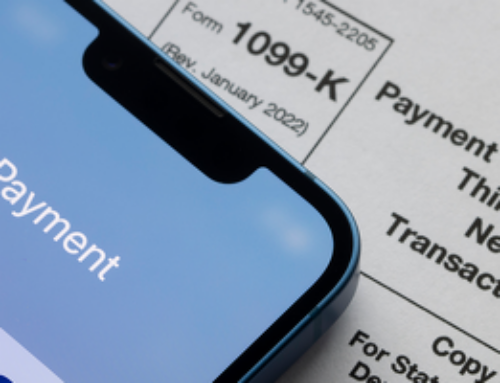One of the best audit tips available can be summed up in one simple word – Match.
Spend a minute or two pretending you work for the IRS. What would you do to identify tax returns worth auditing? If you suggest matching information on filed tax returns with the information provided about that taxpayer from other sources, you would be right on the mark. The IRS runs an automated matching program that kicks out mismatches and helps identify audit targets without much effort on their part. Knowing this:
Double check name matches. If you are recently married or divorced, ensure your filed tax return matches the name on file with the Social Security Administration. This may mean filing a tax return with an outdated name until the name change can be processed.
Create a master list of tax forms given to you. Who is sending information about you to the IRS? The most common sources are your employer, your bank, your investment bank, your health insurance company, and your retirement accounts. Make a list of these sources and ensure your tax return matches the information they are providing.
Correct before filing. Try not to file tax returns with incorrectly reported information on your W-2s or 1099s. Contact the provider of the form as soon as possible and try to have the form corrected and resubmitted to the government.
Match incorrect, then correct. If you have incorrect information on forms already sent to the government, first enter the incorrect information on your tax return. This is for the benefit of the IRS matching program. Then correct the information. Include comments explaining why the original form is in error. Save the documentation that supports your position. With this approach, you will be filing a correct tax return without triggering the government’s matching program.
If you receive a notice from the IRS that something does not match what was submitted by you, consider requesting a copy of the information reported to them to determine where the mismatch occurred.







Leave A Comment